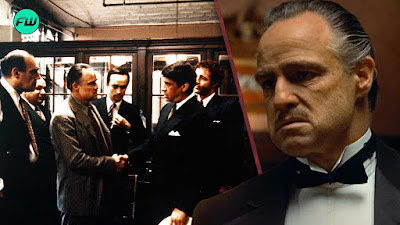The power structure in The Godfather (especially the first film and the novel by Mario Puzo) is built around a traditional Mafia hierarchy, blended with elements of family loyalty, business acumen, and political influence. Here's a breakdown:
1. Don (Boss) – Vito Corleone / Michael Corleone
The Don is the head of the family, the ultimate decision-maker.
Vito Corleone is respected for his wisdom and restraint; his power is based on loyalty, favors, and moral codes.
Michael Corleone inherits the role but rules with a colder, more modern efficiency, leaning more on fear and strategy than personal loyalty.
2. Consigliere – Tom Hagen
The consigliere is the Don’s advisor and counselor, offering legal and strategic advice.
Tom Hagen, an adopted son, serves this role. He is trusted but not a Sicilian, which limits his power in Mafia politics.
3. Underboss – Originally Sonny Corleone
Second-in-command, handles the family’s day-to-day operations and often leads in war or conflict.
Sonny, Vito's eldest son, was hot-headed and aggressive—qualities that both empowered and doomed him.
4. Caporegimes (Capos) – Mid-level leaders
They control crews of soldiers and manage territories or business fronts.
They report to the underboss or directly to the Don.
Clemenza and Tessio are the main capos in the early story.
5. Soldiers – Enforcers and foot soldiers
Made men who carry out orders, protect the family, and perform hits.
They are the muscle of the organization but have limited power.
6. Associates – Non-made members
Non-Italian or uninitiated members who work with the family (e.g., business partners or corrupt politicians).
External Power Dynamics
The Corleone family interacts with other Mafia families (the Five Families), as well as law enforcement and political institutions.
Power shifts occur constantly—e.g., after Sonny’s death, Michael’s rise, and the betrayal by Tessio.
Key Theme:
The Godfather explores how power is maintained through a mixture of fear, respect, loyalty, and violence, and how it transitions from the old ways (Vito) to the new (Michael), mirroring changes in American society and business.









Comments
Post a Comment